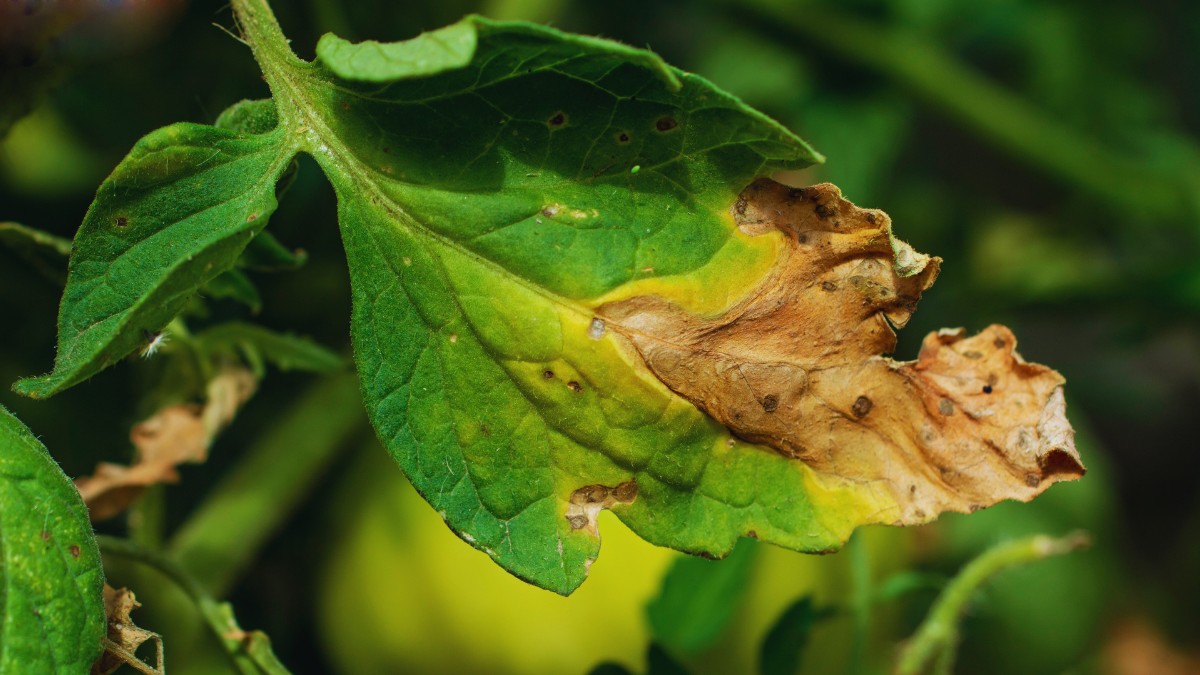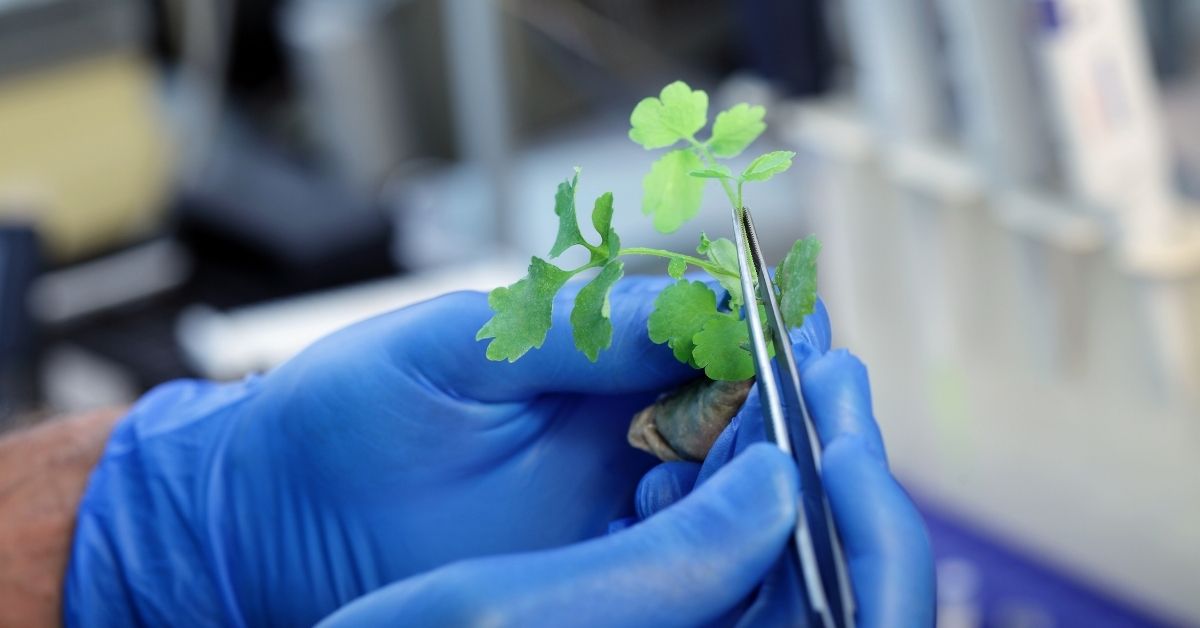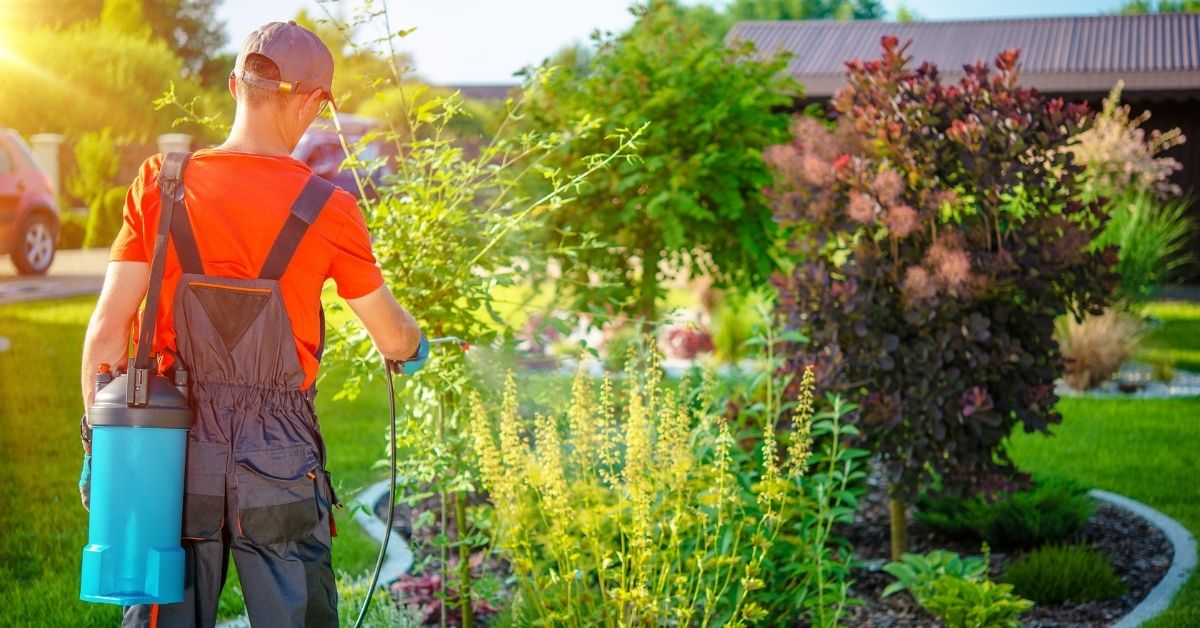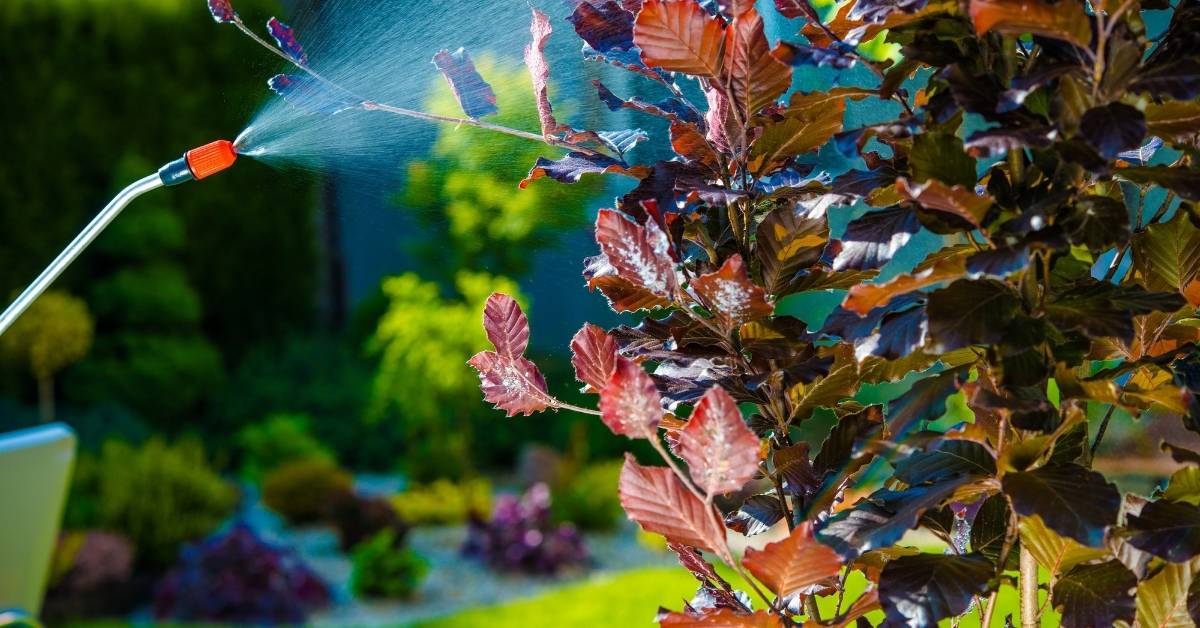Gardening is a labor of love, a therapeutic hobby that brings joy to many. But what happens when life gets in the way, and your once-thriving garden starts to show signs of a neglected garden? Or when your vibrant plants fall sick, their leaves wilting and their growth stunted? It’s a sight that can dishearten even the most seasoned gardener. However, don’t lose hope just yet. The good news is, with the right knowledge and a bit of effort, reviving neglected garden plants is entirely possible.
The process of bringing your garden back to life begins with understanding the problem. Neglected and sick plants are not merely an aesthetic issue. They can disrupt the balance of your garden ecosystem, attracting pests and spreading diseases.
According to a study published in the Journal of Applied Ecology, a well-maintained garden can support up to 20% more wildlife species than neglected ones. This means that by reviving your neglected plants, you’re not just beautifying your garden but also contributing to biodiversity.
Reviving Neglected Garden and Sick Plants
In this comprehensive guide, we’ll delve into the world of plant revival, exploring effective methods to restore your garden to its former glory. Whether you’re dealing with a few sick plants or an entire garden that’s seen better days, this guide will equip you with the knowledge you need. We’ll cover everything from identifying signs of neglect and disease to step-by-step recovery techniques and preventative measures to ensure your garden stays healthy in the future.
Remember, every plant in your garden is a living organism, each with its own set of needs and responses to its environment. Understanding these needs is the first step towards reviving neglected garden plants. So, let’s roll up our sleeves, put on our gardening gloves, and breathe new life into your garden.
Identifying Neglected and Sick Plants

The first step in reviving neglected garden plants is to identify the signs of neglect and sickness accurately. This process is akin to playing detective, as you’ll need to observe your plants closely, looking for clues in their appearance and behavior.
Neglected plants often exhibit signs of stress. These can include wilting, yellowing or browning leaves, stunted growth, and a lack of flowering or fruiting. In some cases, you may notice that the plant’s leaves are dropping prematurely or that the plant has an overall droopy appearance. These are all signs that your plant is not receiving the care it needs.
Sick plants, on the other hand, may show symptoms such as spots or discoloration on the leaves, a powdery or sticky substance on the plant, or visible pests. Plant diseases can be caused by a variety of pathogens, including fungi, bacteria, and viruses. For instance, a study in the American Journal of Botany found that fungal diseases are particularly common in garden plants, affecting up to 85% of all plant species.
Identifying the type of disease affecting your plant can be a bit more challenging, as different diseases can sometimes produce similar symptoms. However, there are resources available, such as local extension services and online plant disease databases, that can help you diagnose your plant’s ailment.
It’s important to remember that the sooner you identify the problem, the better the chances of your plant’s recovery. Neglect and disease can weaken a plant over time, making it more susceptible to further stress and less able to bounce back. Therefore, regular observation and prompt action are key to maintaining a healthy garden.
In the next section, we’ll delve into the practical steps you can take to revive your neglected and sick garden plants. From pruning and trimming to adjusting light conditions and adding nutrients, we’ll guide you through the process of restoring your garden’s health and vitality.
Steps to Revive Your Plants

Reviving neglected and sick garden plants is a process that requires patience, care, and a bit of botanical know-how. But don’t worry; we’re here to guide you through each step. Here’s what you need to do:
1. Pruning and Trimming
The first step in reviving your plants is to remove any dead or diseased parts. This process, known as pruning, helps to prevent the spread of disease and allows the plant to focus its energy on new growth. Use a sharp, clean pair of pruning shears to cut back dead stems and remove yellow or brown leaves. Remember to sterilize your tools before and after each use to prevent the spread of disease.
2. Relocating Plants for Optimal Light
Light is a crucial factor in plant health. If your plants are not getting the right amount of light, they may show signs of stress, such as wilting, yellowing, or slow growth. Some plants thrive in full sun, while others prefer shade. Research the light requirements of your plants and relocate them if necessary. Remember, too much direct sunlight can scorch the leaves, while too little can stunt growth.
3. Adding Nutrients to the Soil
Just like humans, plants need a balanced diet to thrive. Over time, nutrients in the soil can become depleted, leading to poor plant health. Adding a high-quality fertilizer can provide your plants with the nutrients they need. Be sure to choose a fertilizer that’s appropriate for your plants and follow the package instructions carefully. Over-fertilizing can harm your plants more than it helps.
4. Proper Watering Techniques
Watering is another critical aspect of plant care. Both overwatering and underwatering can lead to plant stress and disease. Most plants prefer soil that is consistently moist but not waterlogged. A good rule of thumb is to water deeply but infrequently, allowing the soil to dry out slightly between waterings.
5. Weed Control
Weeds compete with your plants for resources, so it’s important to keep them in check. Regular weeding can help prevent these unwanted plants from taking over your garden. You can remove weeds by hand or use a hoe for larger areas. For persistent weeds, consider using a natural herbicide.
Remember, reviving neglected and sick garden plants is not an overnight process. It takes time for plants to recover and start showing signs of improvement. But with patience, persistence, and the right care, you can restore your garden to its former glory. In the next section, we’ll discuss how to prevent future neglect and sickness, ensuring your garden stays healthy and vibrant for years to come.
Preventing Future Neglect and Sickness
Reviving your garden is only half the battle. The other half is ensuring that your plants stay healthy and vibrant, preventing future neglect and sickness. Here are some proactive steps you can take:
1. Regular Maintenance
Consistency is key when it comes to gardening. Establish a regular maintenance routine that includes watering, pruning, and fertilizing. This not only keeps your plants healthy but also allows you to spot any signs of disease or stress early on.
2. Monitor Light and Water Conditions
As we’ve discussed, light and water are crucial for plant health. Make sure your plants are getting the right amount of each. Remember, different plants have different needs, so what works for one plant may not work for another. Regularly check the soil moisture levels and adjust your watering schedule as needed.
3. Keep an Eye on Pests and Diseases
Pests and diseases can quickly wreak havoc on your garden if left unchecked. Regularly inspect your plants for signs of infestation or disease. If you spot any issues, take action immediately. This could involve removing affected parts, using natural pesticides, or in severe cases, removing the entire plant to prevent the spread of disease.
4. Improve Soil Health
Healthy soil is the foundation of a healthy garden. Regularly add organic matter like compost or manure to your soil to improve its nutrient content. You can also get your soil tested to determine its pH and nutrient levels and then adjust accordingly with the right type of fertilizer.
5. Learn About Your Plants
The more you know about your plants, the better you can care for them. Learn about their specific needs in terms of light, water, soil, and temperature. Understanding these needs will help you provide the best care possible and prevent future neglect.
Reviving neglected garden plants and preventing future neglect and sickness is a rewarding endeavor. It requires patience, knowledge, and a bit of elbow grease, but the results—a thriving, vibrant garden—are well worth the effort. Remember, every gardener faces challenges. But with the right tools and strategies, you can overcome these challenges and create a garden that’s not just beautiful but also healthy and resilient.
Conclusion
Reviving neglected and sick garden plants is more than just a gardening task—it’s a journey of rediscovery, a testament to the resilience of nature, and a rewarding experience that reconnects us with the earth. Through this guide, we’ve explored the steps to identify, treat, and prevent plant neglect and sickness, arming you with the knowledge to restore your garden to its former glory.
Remember, every plant in your garden has its own story, its own set of needs, and its own way of communicating. By understanding these needs and responding promptly, you can turn a struggling garden into a thriving oasis. It’s a process that requires patience, diligence, and a keen eye, but the rewards—a lush, vibrant garden teeming with life—are well worth the effort.
As you embark on this journey of revival, remember that gardening is not about perfection. It’s about learning, growing, and nurturing—not just your plants but also your connection with nature. So, roll up your sleeves, get your hands a little dirty, and embrace the joy of bringing your garden back to life.
After all, in the words of renowned horticulturist Luther Burbank,
“Flowers always make people better, happier, and more helpful; they are sunshine, food and medicine for the soul.”
So, let’s keep our gardens healthy, not just for the sake of our plants, but for our well-being too. Happy gardening!
FAQs
How can I tell if my garden plants are neglected or sick?
Signs of neglect or sickness in garden plants can include wilting, yellowing or browning leaves, stunted growth, and a lack of flowering or fruiting. Sick plants may also show symptoms such as spots or discoloration on the leaves, a powdery or sticky substance on the plant, or visible pests. Regular observation and prompt action are key to maintaining a healthy garden.
What steps can I take to revive my neglected or sick garden plants?
Reviving neglected or sick garden plants involves several steps. First, prune and trim your plants to remove any dead or diseased parts. Next, ensure your plants are getting the right amount of light and relocate them if necessary.
Add nutrients to the soil using a high-quality fertilizer and water your plants properly, avoiding both overwatering and underwatering. Finally, control weeds to prevent them from competing with your plants for resources.
How can I prevent future neglect and sickness in my garden plants?
Preventing future neglect and sickness involves regular maintenance, monitoring light and water conditions, keeping an eye on pests and diseases, improving soil health, and learning about your plants’ specific needs.
Regularly add organic matter to your soil, inspect your plants for signs of infestation or disease, and adjust your watering schedule as needed. The more you know about your plants, the better you can care for them and prevent future neglect.
How can I quickly spruce up a neglected garden?
Quick fixes for a neglected garden include removing weeds, providing support for drooping plants, and rejuvenating the soil with compost. Regular maintenance and care will ensure your garden remains healthy and vibrant.
How can I restore a garden that’s completely dried up?
If your garden is dried up, start by trimming the dead parts of your plants. Check if there’s life in the plant roots, as they can often regenerate new growth. Identify the underlying problems causing the dryness, such as insufficient watering or poor soil quality, and address these issues.
What steps should I take to redo an existing flower bed?
Redoing an existing flower bed involves pulling out the weeds, cleaning out existing plants, and preparing the ground. Add a layer of compost to enrich the soil with nutrients. Remove yard waste to start fresh with your new plants. Regular care and maintenance will ensure your flower bed thrives.
What are some essential tips for beginners to care for their gardens?
Beginners should ensure their plants are well-watered and fed, given adequate support, and planted in good-quality soil. Regular maintenance, including weeding and pruning, is also important. It’s also beneficial to learn about the specific needs of each plant in your garden.
How can I keep my garden healthy?
Keeping your garden healthy involves examining plants before buying, using fully composted yard waste, monitoring for pests, and cleaning up in the fall. It’s also important to apply the correct fertilizer and ensure your plants are getting enough water.
How should I maintain my new outdoor plants?
New outdoor plants should be checked regularly to ensure the soil is adequately moist. This can be done by pushing a stick or finger below the top layer of soil. Regular watering, proper sunlight, and the right soil conditions are crucial for the health of new outdoor plants.


